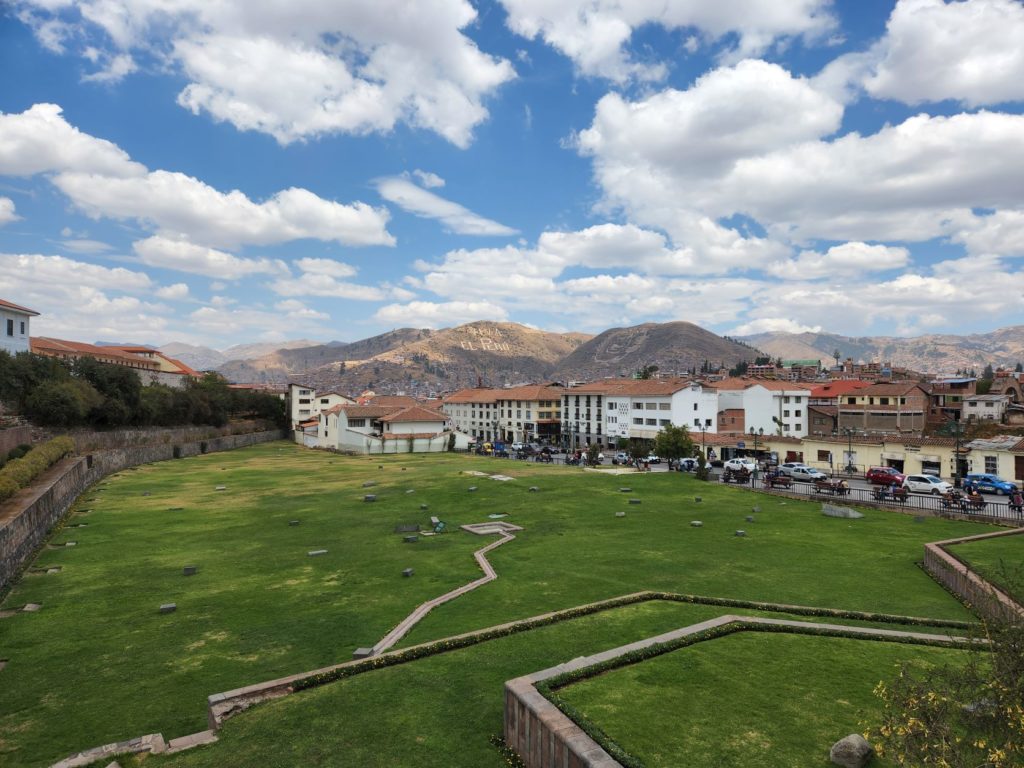
If you’re planning to visit Machu Picchu,there is a 99.99% chance you’ll spend some time in the city of Cusco. Not only is Cusco one of the biggest cities near Machu Picchu, with a train that will take you to Puebla Machu Picchu (aka Aguas Calientes), but it is also an excellent place to acclimate to the altitude. Machu Picchu is at nearly 8,000 feet (2,400km), which is much higher than the area from which most tourists visit. Where I live in California is only at about 30 feet (9 km) altitude, for example. Meanwhile, Cusco is at >11,000 feet (~3,400 km), which makes it a popular place to adjust to altitude.
Regardless of whether you’re planning to trek to Machu Picchu or take the train, it’s recommended to spend at least two days acclimating. Exceptions include already living at a very high altitude, or not caring if your trip to Machu Picchu is ruined/delayed. I heard plenty of stories about other people needing oxygen assistance and having otherwise more difficulty adjusting overall. Though I did not really experience altitude sickness outside of a minor headache.
Cusco is a relatively laid-back small city, especially compared to Peru’s bustling capital of Lima. However, there are plenty of things to do in and around the city for a couple of days or even longer.
Here are a few suggestions of ways to pass your time in Cusco, Peru:
Go on a Walking Tour
I am a huge fan of walking tours. You can typically find them in any city you visit with some tourist infrastructure, and they’re nearly always free (re: tip-based). I think they’re a great way to get to know the history and culture of a city (and sometimes country) in just a few hours. It also typically gives you inspiration of areas to return to later.
Cusco has a ton of walking tour options. They advertise everywhere: in hotels/hostels, online and even by guides walking around the streets. I decided to go with a tour group called Inkan Milky Way, one of the highest-rated walking tours on the internet. They require online registration, which can be done a couple of weeks in advance or just a couple hours before the tour. Tours are offered in both English and Spanish.
During our three-hour free* tour, our guide showed us several famous Cusco sites and told us their histories. For example, we learned Spanish colonizers built Catholic churches atop Incan temples. This is why the main squares had giant churches with ornate artwork but so few Incan ruins. We also learned more about street directions and how Incans built their walls.
*Tips expected
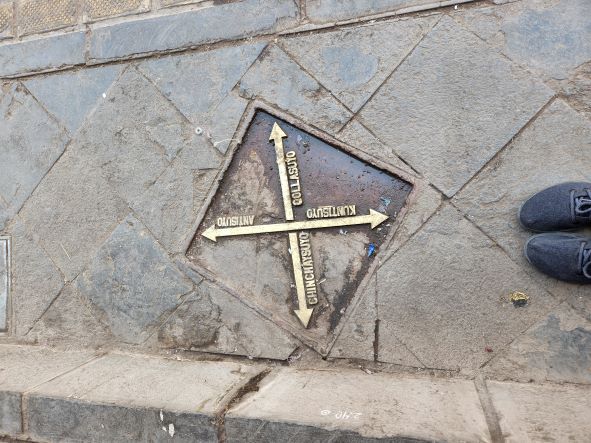
The walking tour gave us a lot of knowledge we would recall during our trek to Machu Picchu. I appreciated getting a basic lesson in Incan culture before embarking on the Inca Trail.
Explore the Squares
Cusco has a few town squares for people to walk through and spend time. The most popular will likely be just a few minutes’ walk from accommodations in one of the main tourist areas. These include:
Plaza de Armas – This square is in the historic center of the city of Cusco. It’s been part of the main square of the city since pre-colonization and is a UNESCO World Heritage Site. Giant Catholic churches that the Spanish built on top of Incan temples during colonization surround the square. In present day, there are also tourist shops and restaurants on all sides. It’s a nice area to take a walk or relax for a while if you can fend off the hawkers selling everything from ice cream to paintings to hats and more. A few restaurants/bars/cafes overlook the square if you enjoy people watching.
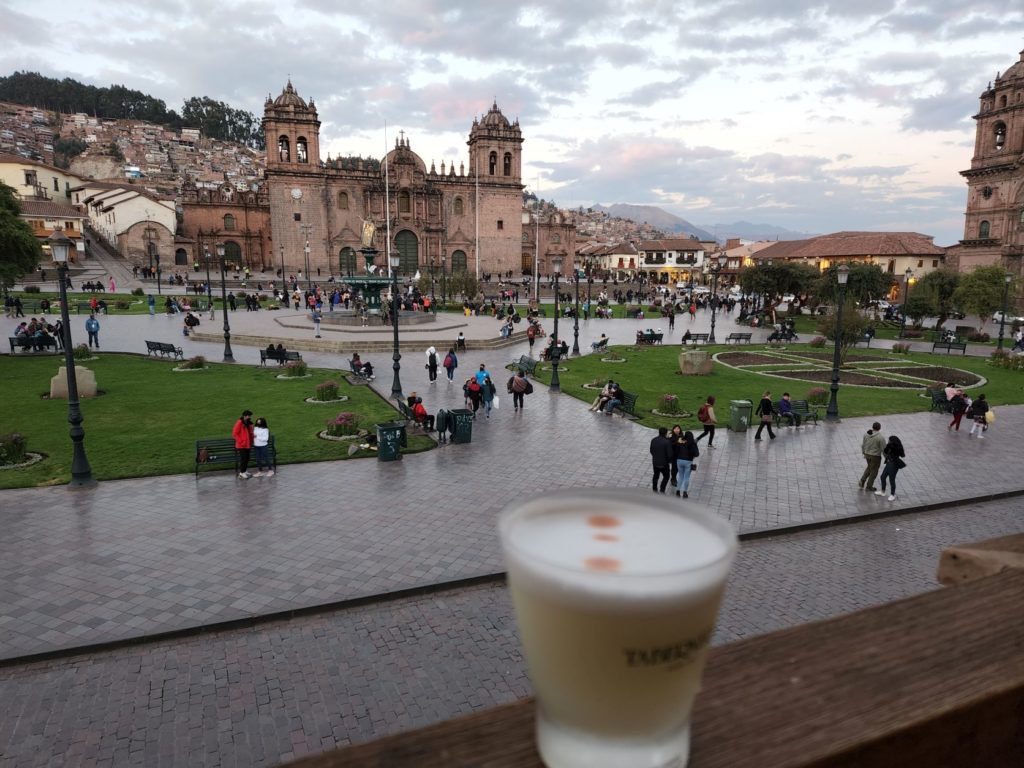
Plaza San Francisco – This square is located next to San Pedro Church. It is just a few blocks from Plaza de Armas but is smaller and generally quieter than the main square. It can be a more peaceful place to rest for a few moments while exploring the city.
Plaza Regocijo – Between Plaza de Armas and Plaza San Francisco, this small square is in front of City Hall. It’s a popular meeting point for walking tours. There is a small fountain and benches to rest and pass the time. There was also a small craft market in the middle of the square when we were there. We bought mittens for our trek from this market.
San Blas Square – San Blas is the more hipster/artsy neighborhood of Cusco, with narrow and steep streets and art workshops. The square is a good place to see the architecture of this neighborhood.
Visit the Markets
There are a few open-air markets throughout Cusco that are popular with tourists. These are areas where you can buy food, drinks, souvenirs and more. Someone in Lima told us there are not a lot of traditional grocery stores in Peru because residents prefer to shop at these open-air markets. Whether or not that’s true, we saw plenty of these markets and not a lot of grocery stores. Some markets are especially popular for tourists:
San Pedro Market: This market just past Plaza de San Francisco is a famous market in Cusco and UNESCO World Heritage Site. It’s a popular place to buy a specialty called lamb’s head soup. People eat this hearty soup after a night out on the town. San Pedro Market also has a lot of other meals, juices, fruits, souvenirs and more. It is slightly cheaper than the markets in the main squares of the city and open to haggling. Even if you’re not looking to buy anything, this is an interesting market to just walk around.
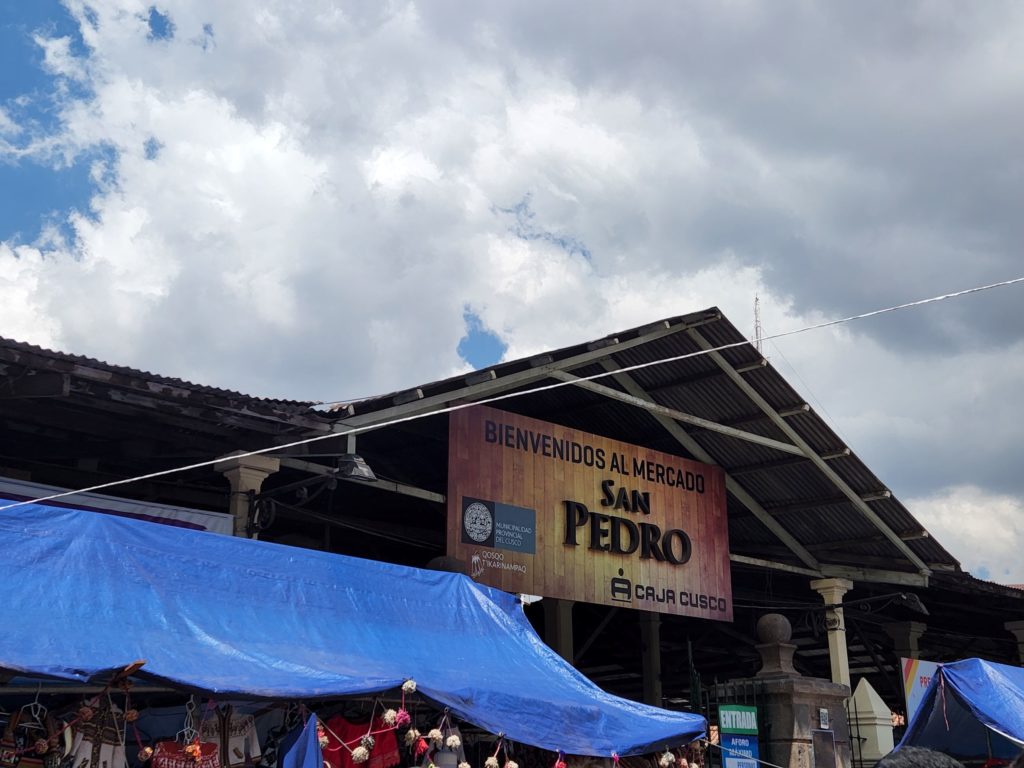
San Blas Market: This market is a popular place to shop for souvenirs, including Peruvian crafts and clothing. It is more expensive than San Pedro market and supposedly less receptive to haggling. I didn’t personally go to this market but heard good things about it.
Admire Inca Ruins
Although the Spanish destroyed a majority of Incan temples and other buildings when they colonized Peru, there are still some ruins you can see around Cusco.
Qoricancha: This former Incan temple was likely one of the most important temples in pre-colonial times due to its size. It is located just a few minutes from Plaza de Armas. From the square, walk through an alley with with a traditional Inca wall still intact. This site offers guided tours. Each room also has QR codes you can scan with a smartphone to learn about the history of the site. It also has a Catholic art gallery. The garden area outside Qoricancha also offers beautiful views of the city of Cusco and surrounding mountains.
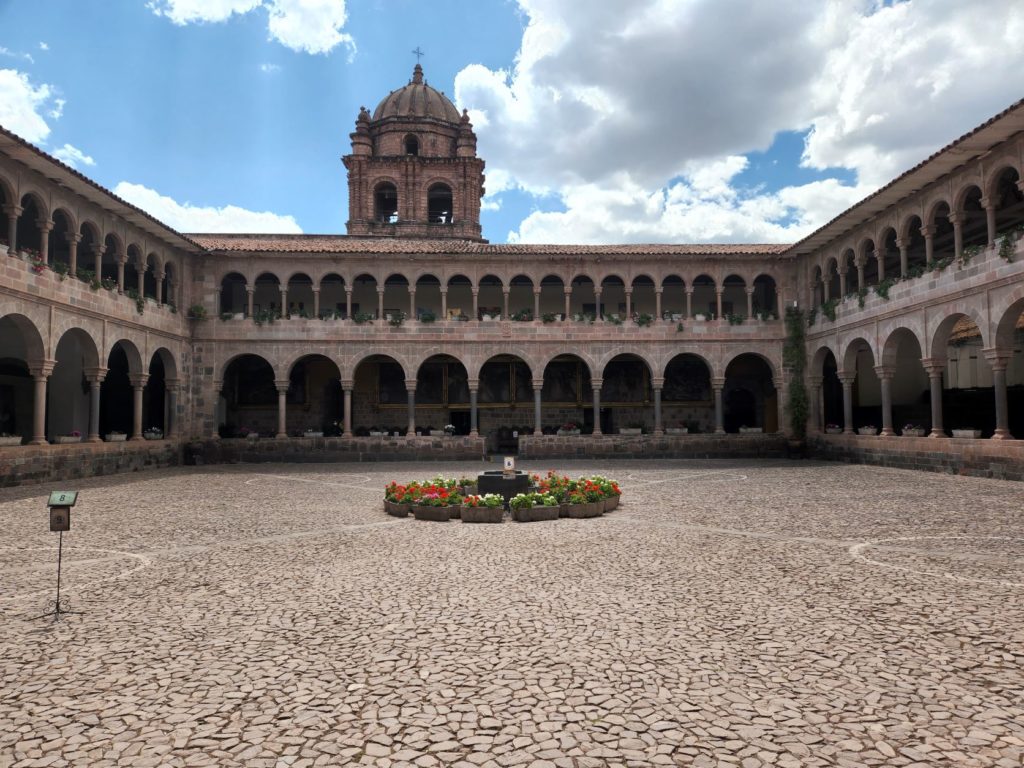
Sacsaywahman (also spelled Sacsayhuamán): These ruins are on the outskirts of Cusco, above the city. It is an old Incan complex dating back to at least the 15th century and also a UNESCO World Heritage Site. Due to its location, it’s a popular place to go for a view of the sunrise or sunset. However, these are also supposed to be the most popular times for crimes against tourists to happen in the area, so it is important to be careful. It looked like it took only about 30-40 minutes to walk up there. We only learned how close it was the day before we were due to start hiking the Inca Trail and chose not to go and risk having sore legs at the start of the trail. However, it seems worthwhile to do if you have more time in the city.
Visit Museums
If you want to learn more about Peruvian history and culture, there are plenty of museums in the city. However, be aware that most are closed on weekends. We got to Cusco on a Friday and left for the trek to Machu Picchu on Monday morning without realizing most museums would be closed Saturday and Sunday. Luckily, a couple of places I wanted to visit were open, but the main history and art museums were unfortunately closed during our stay.
With that being said, I did enjoy the two small museums we got to see.
The Traditional Textiles Center of Cusco
This small, donation-only museum shares insight into the Quechuan people through textile art. It teaches about the history of weaving traditions in the culture and how they are kept alive through teaching the younger generations. In the upper floor of the museum, you might even see a weaving demonstration, or learn to weave yourself. You can also buy hand-woven 100% alpaca wool souvenirs in this area, including mittens, table runners and ponchos. I’d forgotten to pack my beanie for the Machu Picchu trek, so I happily bought a hat here.
Museo Chocolate was a very fun visit
I was not entirely sure what to expect when I stepped foot into this museum and ended up having a great time. The museum started with a lesson on how to make different kinds of chocolates and popular cacao growing regions. At the end of this lesson, we got to try different types of chocolate: the traditional dark, milk and white chocolate, but also chili- and coco-infused chocolates. We thought this was the end of the tasting, but we were pleasantly surprised to try a variety of chocolate flavors in different forms: chocolate piscos and marmalades.This museum is a must-visit if you’re a chocolate lover or otherwise want to consume several flavors of chocolate in different forms. After the tastings, we were allowed to explore the museum and cafe area on our own. This included an area where we could watch people making chocolate in the factory.
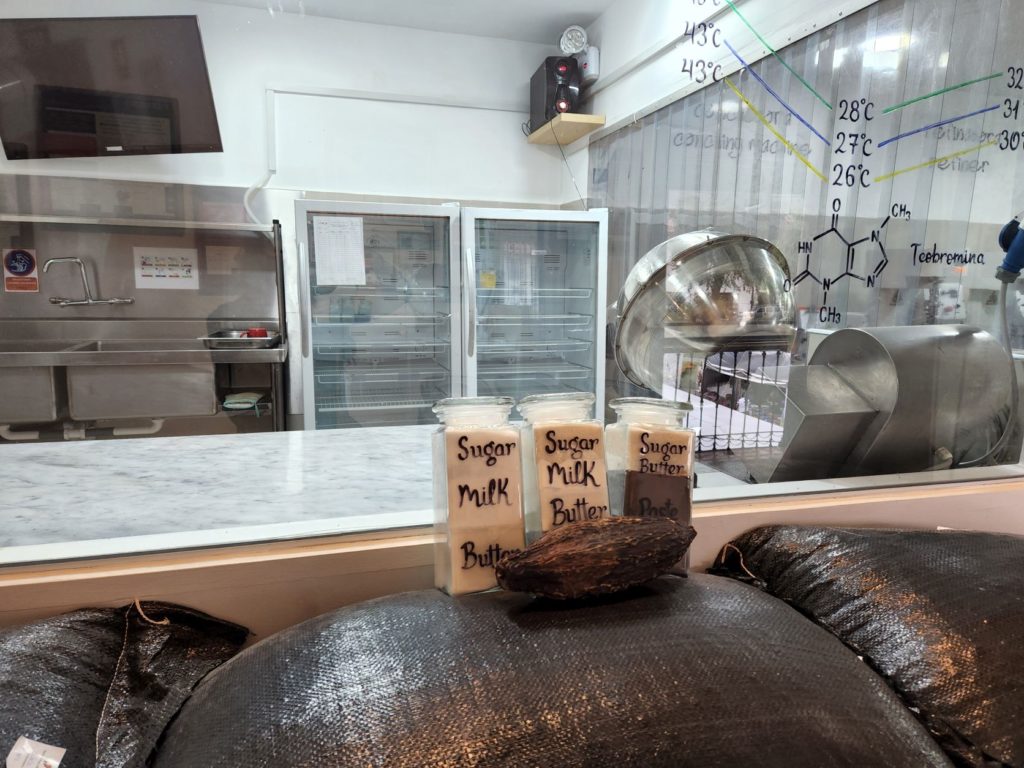
Other museums I wanted to see but were closed on the weekend included:
- Museo Inka: Collection of Inca art and architecture
- Museo Casa Concha: Largest collection of Machu Picchu artifacts in the world
Take a Day Trip
There are plenty of day trips from Cusco if you have the time. You can book trips through any popular tour website like Viator, Get Your Guide or Airbnb Experiences. For popular trips, you can also book with a local tour company when you arrive in Cusco. There is no shortage of people from these companies in the street selling trips to the popular areas to visit. Just keep in mind that if you want to go somewhere that needs a permit (e.g., Machu Picchu), you run the risk of missing out on it when you arrive if you can’t secure it in enough time.
Because we were only in Cusco for a couple of days before trekking to Machu Picchu, we chose not to take any day trips and instead spend our time exploring the city and ensuring we were acclimated to the altitude. However, other people we met on our trip spoke highly of the Sacred Valley tour and Rainbow Mountain trip.
Some popular day trips from Cusco include:
- Rainbow Mountain: Famous for its colorful landscape (undoubtedly made even more famous by social media), Rainbow Mountain attracts visitors from all over the world. This trip typically consists of an early-morning wake up call (between 3:30 – 4:30 a.m.), a stop for breakfast, then a high-altitude hike to view the seven colors of the mountain. This area is also a good place to view wild alpacas.
- Sacred Valley Tour: The Sacred Valley was one of the most important agricultural areas of the Inca. A tour may take you through the towns of Ollantaytambo, Pisaq, Chinchero, Moray or Urubamba to learn more about the history and see archeological sites and traditional Andean villages. Some people also choose to stay in Ollantaytambo while adjusting the altitude, as it is a lower altitude than Cusco.
- Humantay Lake: This large turquoise lake is located ~3 hours from Cusco and is a popular trip to go experience more of the natural beauty of Peru. Day trips to this lake also start bright and early (around 4 a.m.) and typically include stops for breakfast and lunch.
- Machu Picchu: You can technically see Machu Picchu within a day trip, though I think most tour groups take at least two days. If needed, you could probably make a day trip work by taking the train to Aguas Calientes early in the morning. From there, you would take the bus to Machu Picchu in the afternoon then an evening train back to Cusco. However, I would recommend spending at least a night in Aguas Calientes so you can have a more leisurely visit to Machu Picchu. Note that you should get your ticket to enter Machu Picchu well in advance if it’s a primary reason for your visit
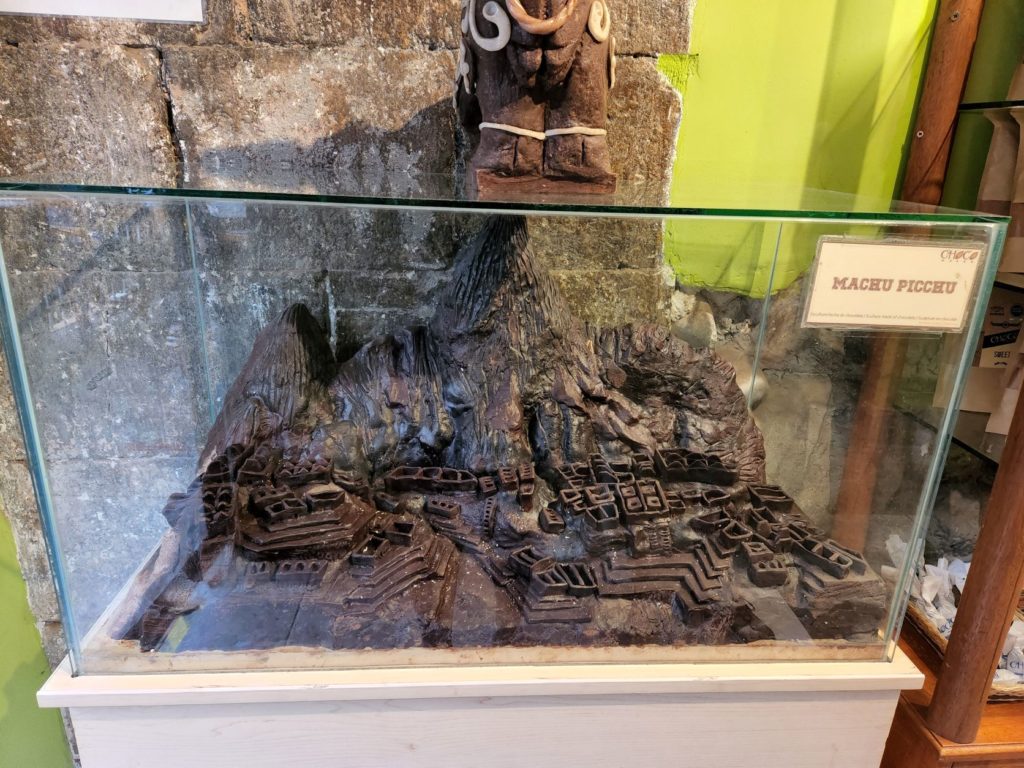
Cusco Logistics:
Where to Stay:
Staying anywhere near Centro Historio and the San Blas neighborhoods are good. These neighborhoods are in the center of the city, so you have easy access to all the major attractions, including food and drink. These are also the safest neighborhoods in the city.
Getting Around:
The main area of Cusco is very small, so it is exceptionally easy to get around on foot. Taxis are also cheap if you want to venture out of the main area, but make sure you use a reputable taxi company and do not hail one on the street. Getting into an unmarked taxi can be very, very dangerous in Peru.
Safety:
At the time of my visit in 2022, the US had put a Level 3 travel advisory (reconsider travel) on Peru. However, other countries (e.g., the UK, Canada, Australia) still had Peru at level 2. I generally felt very safe in Cusco, but I stuck to the main tourist center of the city, avoided any unmarked taxis and minimized walking around at night. If you stick to those precautions, you will probably be safe as well.
Language Barrier:
There are two main languages in Cusco: Spanish and Quechua (the indigenous language). Despite my best Duolingo efforts, I am nowhere near fluent or even passably conversational in Spanish. I also know 0 Quechua. For the most part, people in the main tourist areas of Cusco spoke English, but it was helpful (and polite) to be able to speak a few words of Spanish to get by.
Other things to note:
- I don’t know if I did a good job communicating this in the main body, but people are going to try to sell you things all the time. They call out to you walking down the street, or approach you in or around the squares. If you politely decline or walk away, they’ll understand.
- There are women in traditional clothing walking around Cusco with alpacas who will offer to take a picture with you for a fee. Some of them also carry what they claim are baby alpacas that may or may not actually be baby sheep.
- You cannot flush toilet paper in the toilets in Peru (just like Greece!).
Visiting Cusco? Let me know if you need itinerary help!

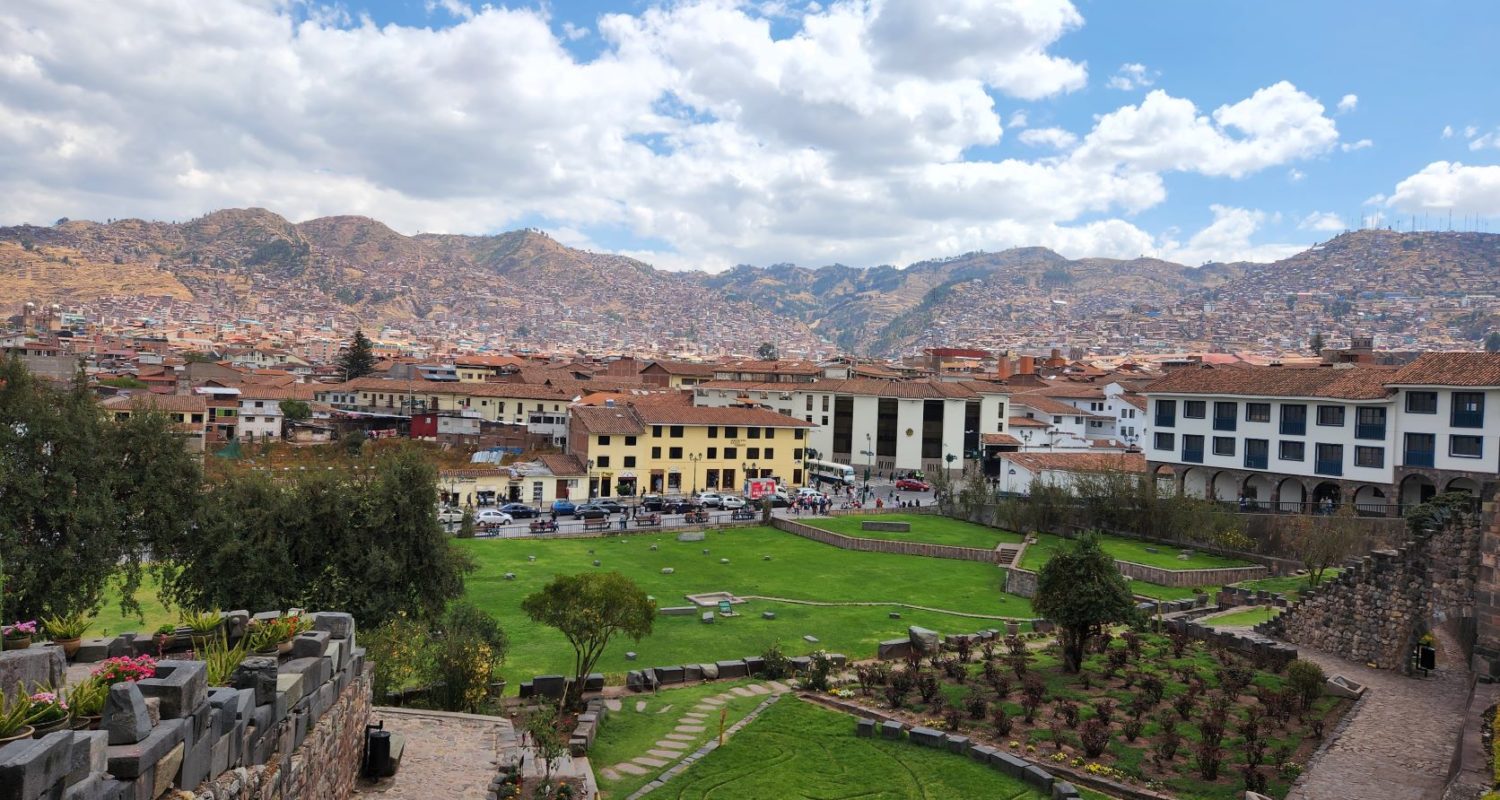
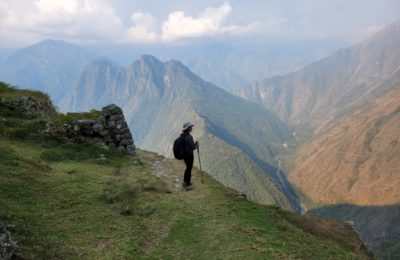
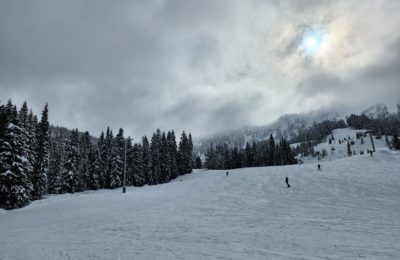
2 thoughts on “Cusco: 6 Great Ways to Explore the Former Inca Capital”